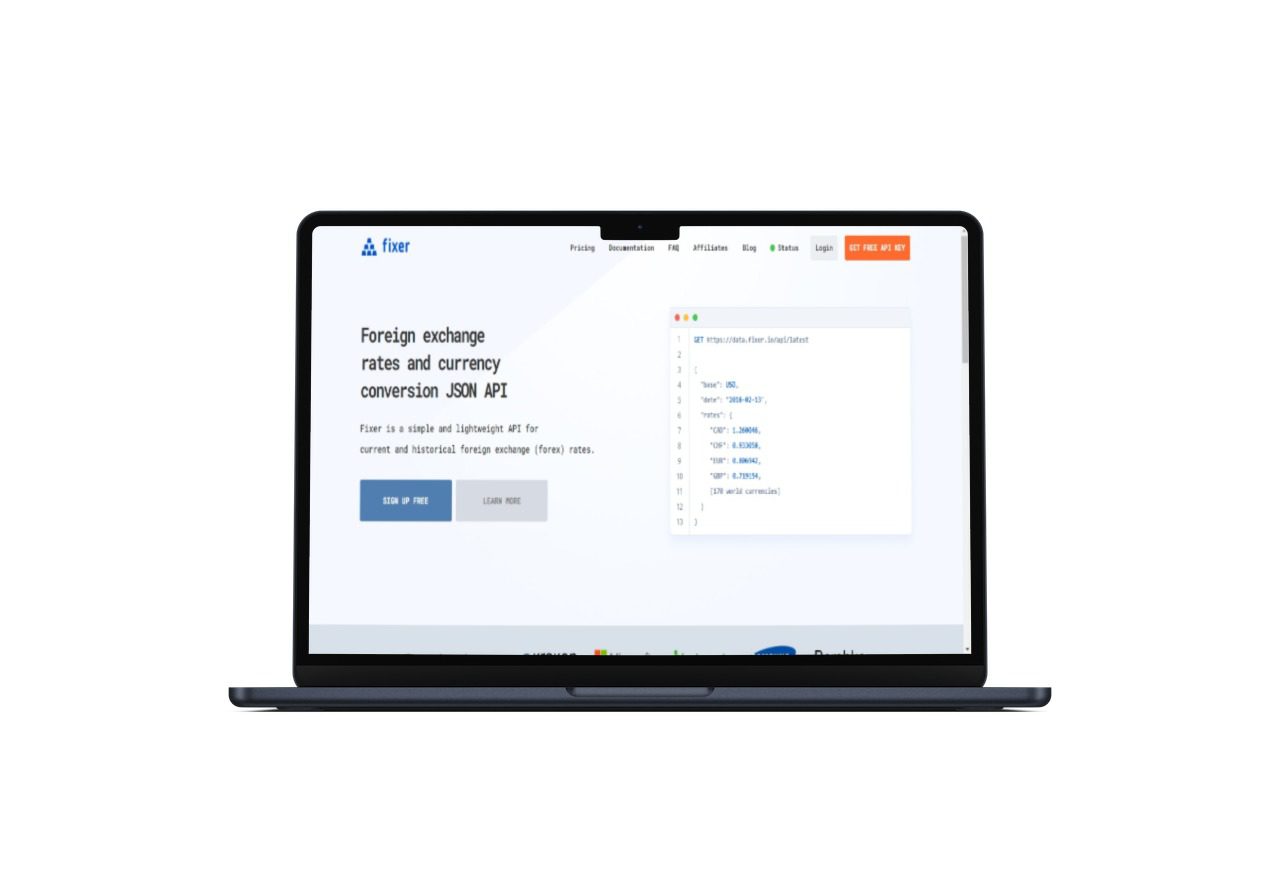In today' ;s interconnected digital economy, currency conversion is a vital feature across various types of platforms—from e-commerce and journey apps to economic companies and worldwide marketplaces. Developers taking care of these programs require appropriate, up-to-date trade charge data, and that's where real-time Currency Api come right into play. These APIs provide developers with smooth usage of current international exchange charges, enabling their purposes to supply trusted and sensitive economic features to users.

What Is a Real-Time Currency API ?
A real-time currency API is really a web-based program that allows designers to gain access to the latest exchange charges between worldwide currencies. These APIs draw knowledge from financial institutions, forex markets, and key banks, updating frequently—sometimes every few seconds. They are usually RESTful APIs, returning data in JSON or XML format, creating them easy to integrate into numerous computer software environments.
Key Features Developers Look For
When selecting a real-time currency API , designers prioritize pace, precision, simple integration, and scalability. Other useful functions include:
Support for numerous currencies
Old exchange rate knowledge
Currency transformation endpoint
Time-stamped information for auditing
Rate fluctuation monitoring
Effective APIs frequently include accessibility tiers, with the free variation offering fundamental characteristics and compensated plans promoting enterprise-level entry, higher request restricts, and concern support.
Why Real-Time Matters
For programs concerning international transactions or economic forecasting, real-time knowledge is essential. Even modest changes in trade charges can influence pricing, invoicing, and income margins. A delay of a good few moments can really make a difference in high-frequency trading or time-sensitive conversions. Real-time APIs make certain that the knowledge used in transactions can be as recent and exact that you can, giving users self-confidence and preventing financial discrepancies.
Integration and Use Instances
Applying a currency API usually requires calling an endpoint with the foundation and target currencies as parameters. The result may contain the latest transformation charge, which can then be used for calculations or display within the app.
Use cases include:
Currency converters for fund or vacation apps
Value localization for e-commerce stores presenting rates in a user's regional currency
Cost gateways that take multiple currencies and need to change at checkout
Economic dashboards that track currency power over time

Realization
Real-time currency APIs enable designers to build clever, receptive, and global-ready applications. By establishing these answers, developers can guarantee their tools stay appropriate, aggressive, and user-friendly in a fast-changing international economy. Selecting the proper API company can produce the huge difference between fundamental performance and easy, real-world performance.
